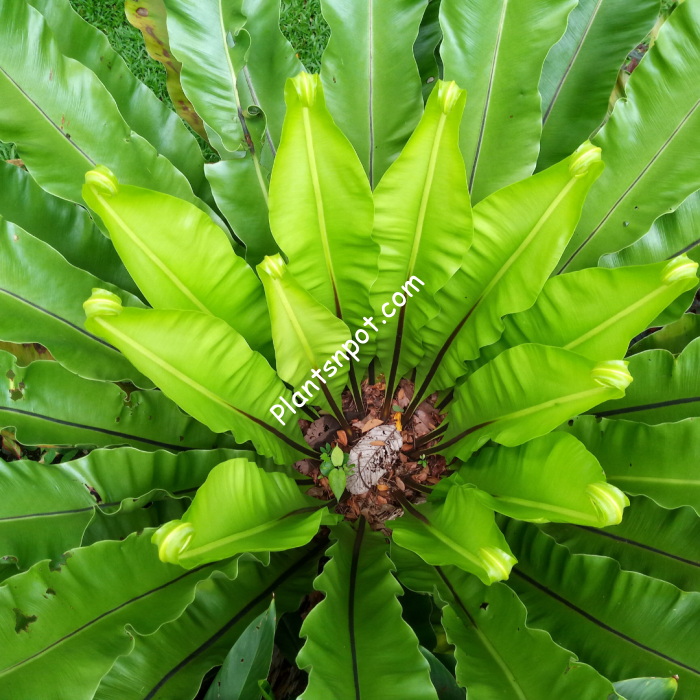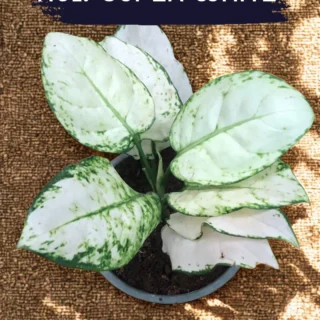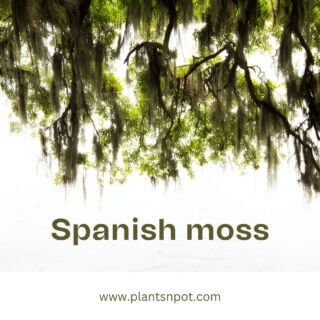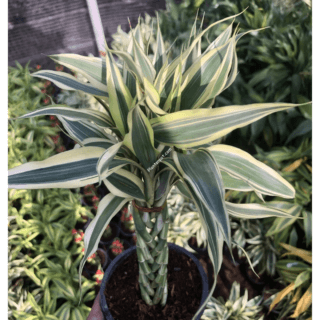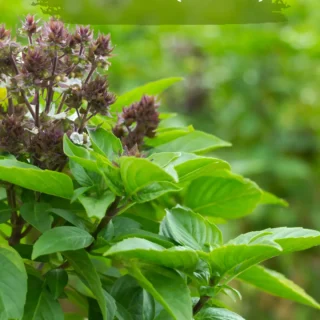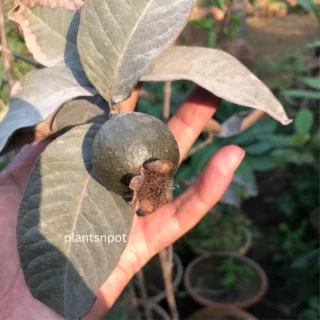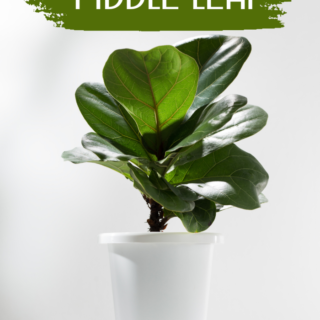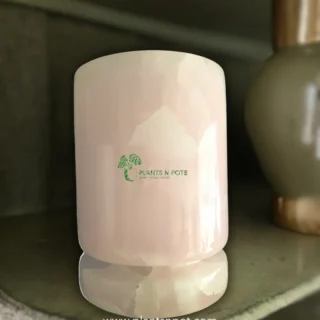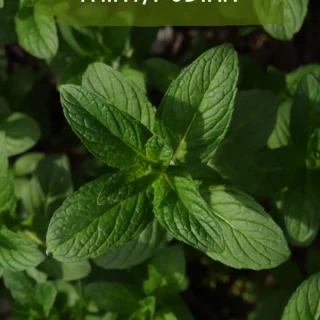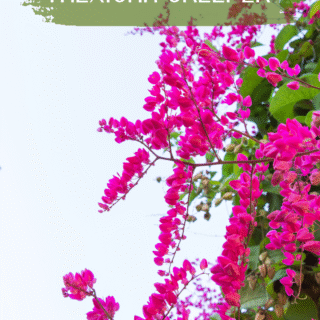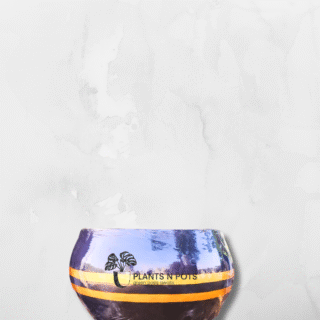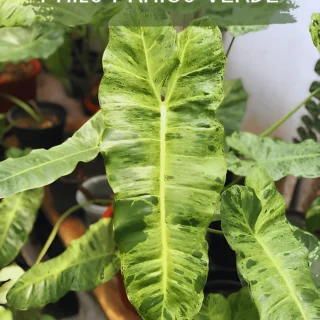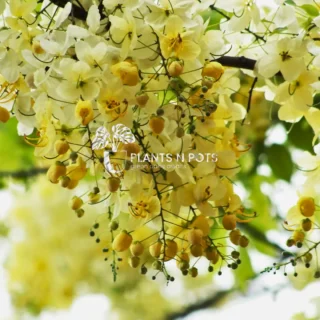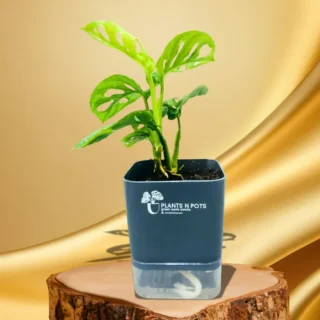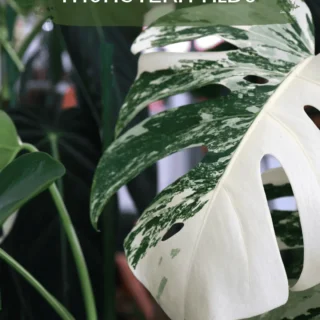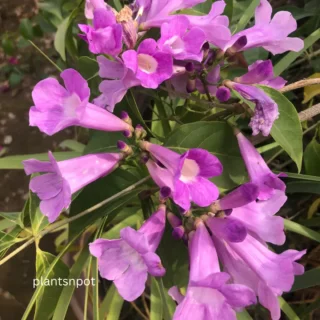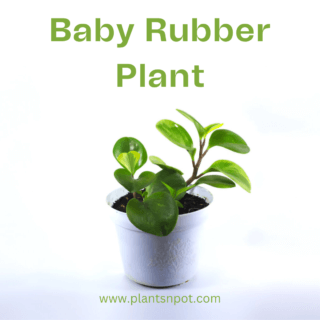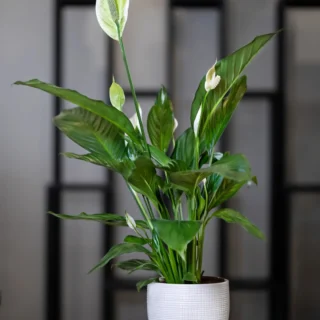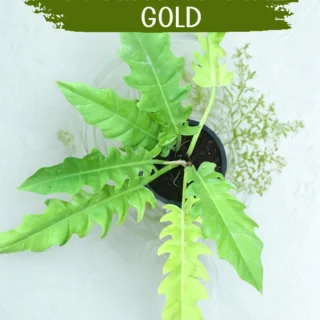COD only in *Karachi, Other cities advance payment, for Delivery charges confirmation contact on whatsapp.
Shop
Bird Nest Fern
₨4,500.00
The Bird’s Nest Fern is a lush, tropical houseplant with ripple-edged fronds. Perfect for shaded spaces, it’s easy to grow in Karachi’s climate.
Bring the refreshing beauty of nature indoors with the Bird’s Nest Fern – a tropical plant loved for its wavy, nest-like fronds. Perfect for homes, offices, and shaded gardens in Karachi, this fern thrives in humidity and low light conditions, making it an easy-care choice for beginners and plant lovers alike.
Unlike other ferns, the Bird’s Nest Fern grows in a rosette form with bright green, ripple-edged leaves that add a soft, natural charm to any corner. Place it in decorative planters, hang it with Spanish moss, or keep it on a shaded balcony for a lush green vibe.
This air-purifying plant not only enhances decor but also improves indoor air quality, making your living space fresher and healthier.
Care Tip (Pakistan Climate Specific):
Keep your Bird’s Nest Fern in bright indirect light or a shaded outdoor spot. Karachi’s humidity suits it well, but misting during dry weather will keep it healthy. Water when the top inch of soil feels dry – avoid watering directly in the center rosette.
